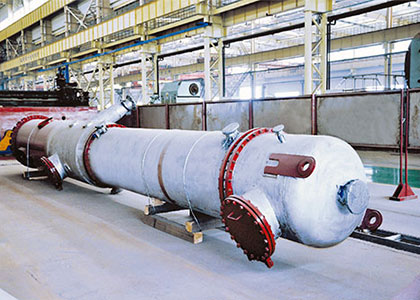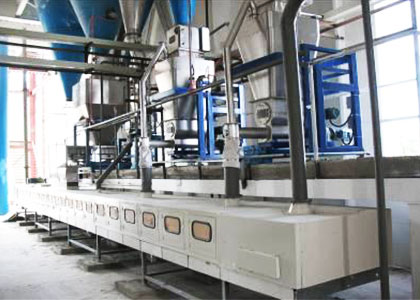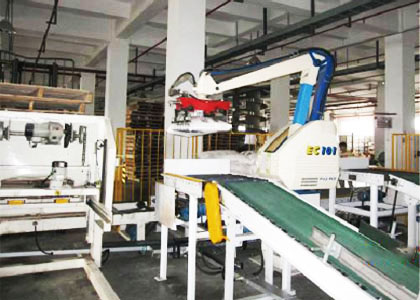Semi-chemical pulp and chemical mechanical pulp are the pulps produced by both chemical method and mechanical method. Its production process includes two stages of chemical pre-treatment and mechanical after-treatment. Because the condition of chemical treatment is mild, the pulp yield is higher. Depending on different degrees of treatment in two stages, the yield of wood semi-chemical pulp can reach 65%-85%, and the yield of wood chemical mechanical pulp can be as high as 85%-95%. Two types of pulps are characterized by higher yield and lower chemical consumption.
In China, the common production method of chemical pulp in chemical industry can produce semi-chemical pulp in principle. For example, sulfate semi-chemical pulp, neutral sulfite semi-chemical pulp and sulfate or bisulfite semi-chemical pulp and so on. More recently there are sulfate green liquor semi-chemical pulp and sulfur-free semi-chemical pulp. It should be noted that neutral sodium sulfite method is particularly suitable for producing semi-chemical pulp with hardwood. In China it is vigorously promoting and developing grass-based semi-chemical pulp with alkali method, sulfate method and ammonium-ammonium method according to actual situations, achieving great results.
Chemical mechanical pulp is the method developed out by the study on ground wood pulp in the use of hardwood instead of softwood. To use grass-based materials to produce chemical mechanical pulp is not popular yet. China is undergoing experimental researches. This production method can be divided into cold-alkali method and neutral sulfite method according to different chemical liquors; can be also divided into round wood method and wood chip method according to different shapes of raw material. Main difference between semi-chemical pulp and chemical mechanical pulp is that it retains original lignin content that is almost unchanged, but loses the extracted and some of short-chain hemi-cellulose. Therefore, chemical mechanical pulp lies between ground wood pulp and semi-chemical pulp. The yield and properties are similar to ground wood pulp.
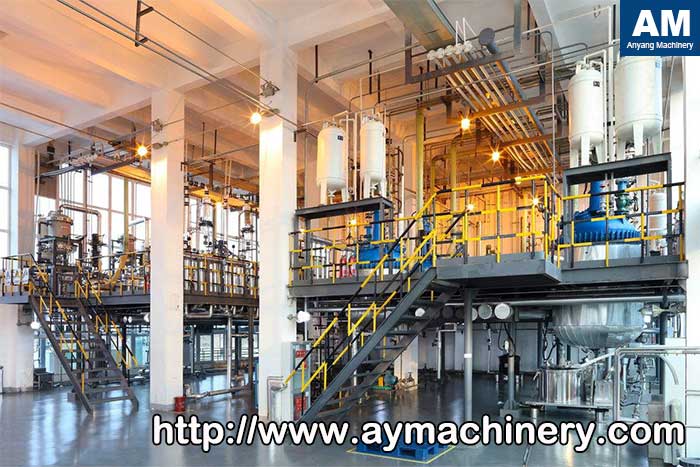
Neutral Sulfite Semi-chemical Pulp
According to different cooking conditions, neutral sulfite method can produce chemical pulp and semi-chemical pulp. In China, the efforts are put into producing semi-chemical pulps obtained from waste wood in forest area, branches and barks, waste wood in coal mine, bagasse and other grass-like raw materials in recent years. This method is characterized by higher yield, lighter color, good filtration performance and strength, excellent raw material adaptability, but it requires a higher cooking temperature or cooking pressure.
Neutral sulfite semi-chemical method is to usually make grass or hardwood materials be cut into small pieces, and then have a cooking for a certain period of time at an appropriate high temperature (170℃-190℃) with sodium sulfite solution that contains a small amount of sodium carbonate, sodium bicarbonate or sodium hydroxide solution under the conditions of PH 7-9, finally obtain the pulp by making the separation process in the disc mill get into fiber. By changing the operating conditions of chemical treatment and mechanical ground operation, various requirements of semi-chemical pulps used for corrugated board to bond paper can be obtain. The pulps contain a large amount of hemi-cellulose and have good stiffness. It is one of the most important properties of corrugated cardboard, so the method is mainly used for the production of corrugated cardboard. Because of its higher hemi-cellulose content, it is also used to produce oil-repellent paper. In the factories producing computer papers, newsprint and magazine paper, it is suitable for using a percentage of the pulp to replace a portion of chemical pulp or mechanical pulp.
The semi-chemical cooking equipments are the same as the alkaline pulping equipments. This method is more suitable for continuous operations.
In the middle period of 1960s, the majority of corrugated cardboard plants established abroad chose neutral ammonium sulfite method to semi-chemical pulp. Some larger factories had successfully used this method to produce hardwood pulp with a yield of 72%-83%. In recent years, some factories and research institutes in China have successively used this method to make cardboard with cotton stalks, to make tissue paper and corrugated paper with rice straw and to produce tough cardboard paper with bagasse. These tests show that neutral ammonium sulfite method is particularly suitable for semi-chemical pulp with higher yield and considerable strength. The experimental research also shows that when wheat straw is used to make the bleaching ammonium salt semi-chemical pulp, people can obtain 63% to 66% coarse pulp and 51% to 54% fine pulp with a kappa value of about 43 under the cooking conditions of the ammonium salt with 12% amount, the maximum temperature of 160℃, incubation time of 2-2.5 hours and free ammonia of 1.5%-3.0%.
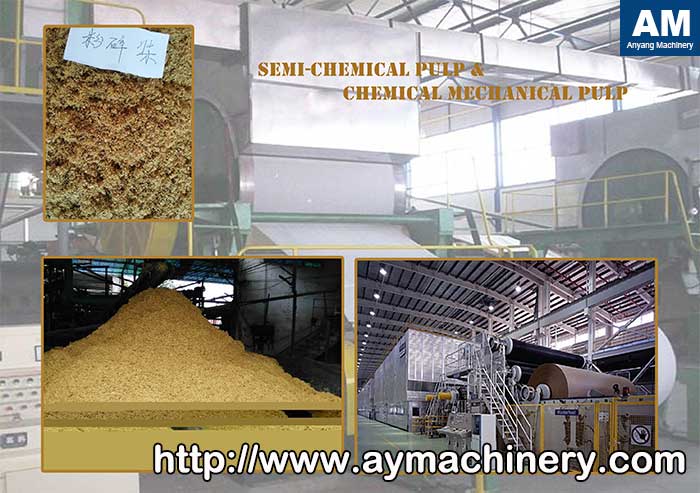
Sulfate Semi-chemical Pulp
In the promotion and development of semi-chemical pulp, many of small and medium-sized factories popularly adopt it for the production under their specific conditions currently. Except for the tearing force, this type of semi-chemical pulp can help get higher yield but it is not as strong as neutral sulfite pulp. It is certainly limited on the improvement of yield that is generally believed to be below 65%. In China, one papermaking factory ever used waste wood in coal mine to make the pulp with the yield rate of 65% by sulfite semi-chemical pulp for cardboard production. Its cooking process conditions are: 10% active alkali (Na2O as metered), 10% sulfidity, 1: 2.5 liquid ratio, 160 ℃ temperature, 1:30 heating time, 2:00 holding time, after ground by disc grinder, screened and purified, it can be used to make cardboard in line with the standards.
The papermaking factories in China have used Pandia-type four-tube continuous digester by Chinese design and manufacture to make No. 1 paperboard through sulfate semi-chemical pulp method by the use of waste wood in forest area or municipal city. Small factories use this method to produce semi-chemical pulp made of rice straw, sorghum straw and other grass more extensively. Compared with chemical pulp, Alkali consumption per ton of pulp has dropped from 300kg-400 kg to 200kg-250kg. Paper varieties continue to expand and the production continues to increase, and related machine has also changed from a circular net papermaking machine to a long net papermaking machine. In recent years, the production practices of semi-chemical pulp have proved that the selection of semi-chemical pulp and the back-grinding of tail pulp are the key to separating fiber bundle in the coarse pulp and making it into pulp. At present, strengthening the screening of semi-chemical pulp, the establishment of back grinding system, are major measure to solve relatively more dust problem about semi-chemical pulp.


